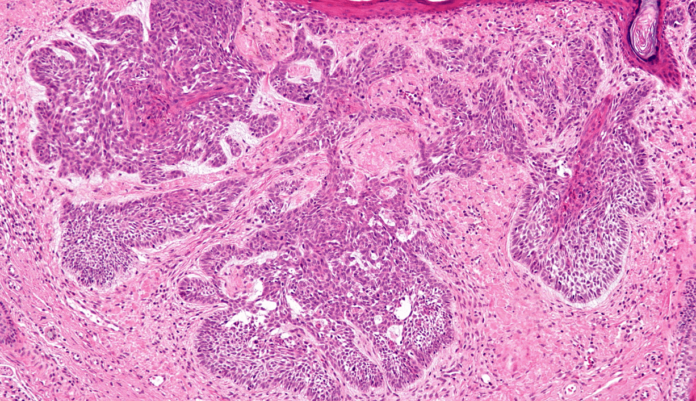The University of Waterloo and Sunnybrook Research Institute at the University of Toronto, are developing technology, utilizing AI, to identify skin cancer in lesions and moles sooner than previously possible.
Melanoma is one of the most dangerous forms of skin cancer, which spreads very quickly and is very difficult to treat in later stages. However, if the cancer is found early enough, it has a high remission rate.
Two indicators of melanoma in skin lesions or moles are eumelanin and hemoglobin levels but these can only be measured through biopsy, a costly procedure. Before biopsy though, doctors do a visual examination of the question mark, which is subjective and liable to mistakes. Researchers hope this new technology can provide objective results from visual information and reduce medical costs by reducing the number of biopsies.
Additionally, having results from the new technology could reduce the lag time between a doctor’s initial suspicion and biopsy results, meaning that patients could receive treatment sooner or be given a clean bill of health quicker due to the new tool.
The new AI was taught what to look for by being shown thousands of skin mole images with related hemoglobin and eumelanin readings. Now the system can identify suspect spots visually with objective quantitative analysis as well as track concentration changes in the biomarkers.
The creators of the device, Alexander Wong, Daniel Choo, David Clausi, and Farzad Khalvati, presented their findings at the recent International Conference on Image Analysis and Recognition and hope to make the system available to doctors in 2018.
More News to Read

